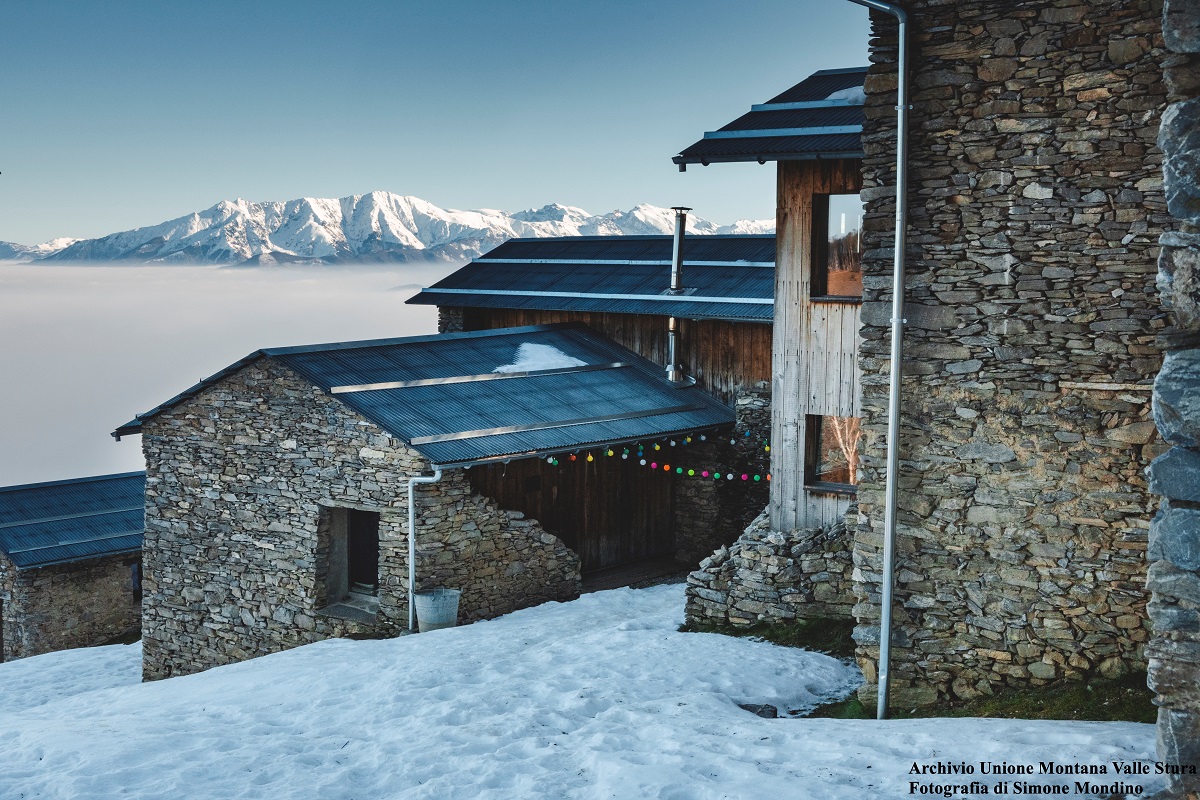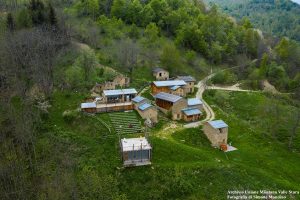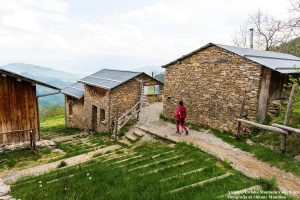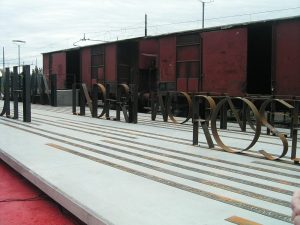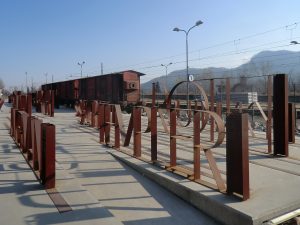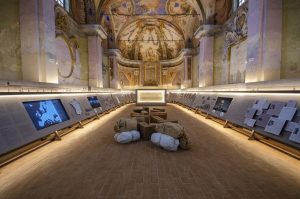A journey through the history of the Resistance
Borgo San Dalmazzo and the deportation of the Jews
The detention camp
During the Second World War the territory of Borgo S.Dalmazzo was at the center of the war.
After the armistice, a gathering camp for Jews was active in the city. The camp was established on 18 September 1943 by the Germans to intern all the foreigners present on the territory: they were about 800 Jewish refugees who had left Saint-Martin-Vésubie crossing the border hoping to find refuge in Italy. Upon their arrival in Italy they were surprised by the German SS that captured more than 300. Many fled thanks to the efforts of Don Raimondo Viale and Don Francesco Brondello, while the prisoners were locked up in the former barracks of the Alpini and later transferred to Auschwitz.
Today, the camp’s original structure is only left with the entrance arch, inner courtyard, and a meeting room, where some panels illustrate these dramatic episodes.
The memorial of Deportation
On 21 November 1943, at the Borgo railway station, over 300 Jewish people (men, women, children) fleeing France were taken in freight wagons and taken first to the Drancy camp near Paris and then to Auschwitz. After a few months other Jews were deported from this station to Fossoli di Carpi and later to Auschwitz: only two of them survived.
To remember this story, it was made an installation equipped with panels, with the wagons used for deportation. In the square next to the tracks are remembered all these prisoners: steel silhouettes for the names of those who returned, while the 355 who died in the death camps are symbolically engraved on plates fixed to the ground.
For further info
https://memoranea.it/luoghi/piemonte-cn-borgo-san-dalmazzo-memoriale-della-deportazione
Hamlet of Paraloup
The village Paraloup is located at 1360 m, in the municipality of Rittana, in a panoramic position but so isolated that it must be “defended from wolves”, as the name suggests. It is located within a dense network of paths and small mule tracks that connect the various villages, the same that were traveled by mountaineers and partisans and that today are covered on foot, by bike, on horseback or with snowshoes and skiing in winter.
In this place, between the autumn of 1943 and 1944, the first partisan band of “Justice and Freedom” gathered, in which commanders Duccio Galimberti, Dante Livio Bianco, Nuto Revelli and Michele Berra.
For some years now, thanks to the Nuto Revelli Foundation, Paraloup has returned to life and to be a place of memory that tells of the partisan war and peasant life.
Among the partisan paths, there are the paths called the “Sentiero della Libertà“, the “Via della Resistenza” and “MigraTour“.
The “Sentiero della Libertà” starts from Madonna del Colletto in Valle Gesso, passes to Festiona, crosses the river Stura and arrives at Valloriate and Paraloup and then continues towards San Matteo in Valle Grana, retracing the path of the partisan band Italia Libera.
The “Via della Resistenza” is the path that connects the hamlet of Paraloup and Chiotti di Valloriate.
“MigraTour” is a cross-border route that connects Caraglio to Barcelonnette. It is a journey consisting of nine stages, in the footsteps of the people who crossed the mountains in search of fortune, a journey in memory with a common theme: emigration, abandonment and return to the mountain.
For further info
www.paraloup.it
Tel +39 3496397386
www.filatoiocaraglio.it/migraction
MUSEUMS OF VALLORIATE
The War and Resistance Museum
Inaugurated in 2008, with headquarters in the Municipality, it is a stage of the “Museo Diffuso della Memoria e degli Ambienti Montanari e Partigiani“. The museum offers, through panels and photographs, a path of reflection on the consequences of the Second World War in the territory of the Stura Valley. The fascist wars are retraced with the attacks on France, Greece and Russia between 1940 and 1943, and the twenty months of partisan war until the Liberation. With the Band “Italia Libera” was born the core leader of future GL formations, and the Vallorians Gino Renaudo (died in combat in Valle Grana in 1945) and Nino Monaco (then author of the volume “Pietà l’è morta”) became prominent figures in the military organization of the Resistance. Michelangelo Berardengo, to whom the Town Hall square is dedicated, will also become a partisan and then mayor of the town for several years. Above the entrance door to the museum a plaque shows the list of Vallorians who died during the war.
The Museum of the memory of mountain environments
This widespread museum was born from the meeting of several realities: the Museum “War and Resistance in Valle Stura” and an ethnographic display placed in the Town Hall, “Valle Stura in war 1940/1945“, of objects and tools of peasant and mountain life. Larger is the last “museum” environment, that of the natural and human landscape built by the villages, the networks of paths and water points, as well as the peaks Tajarè, Alpe, Beccas del Mezzodì, in which the events of mountain civilization and the Resistance are traced. The Museum is intended to encourage the “reading” of these places through information points distributed throughout the territory.
For further info
ADDRESS
Comune Valloriate
Piazza Michelangelo Berardengo, 1
OPENING
Monday-friday 08.00-13.00
Saturday, Sunday and afternoons only by reservation
FREE ENTRY
INFO and CONTACTS
Comune di Valloriate
Piazza Michelangelo Berardengo, 1
Tel: +39 0171 72977
E-mail: valloriate@vallestura.cn.it


